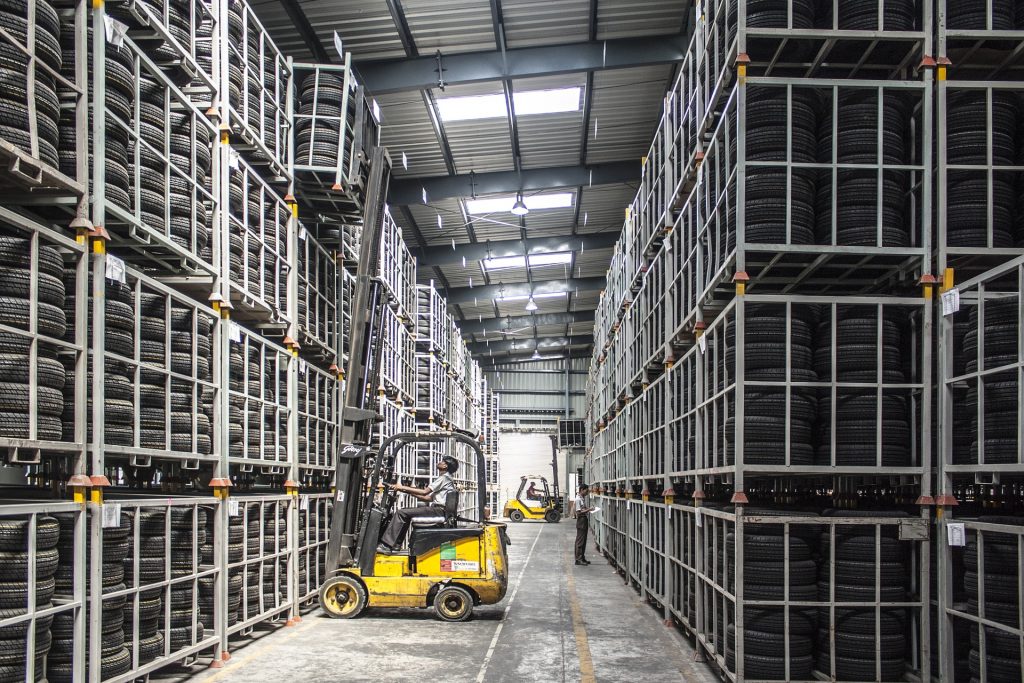August 26, 2019 (Last Updated: July 3, 2021)
As consumers expect faster delivery times for their goods, on-demand warehouses are rising up across the world. Essentially representing the “Uberization” of the supply chain, on-demand warehouses let companies utilize space for short periods of time when their shipping expectations suddenly increase. The rise of on-demand warehousing shows that the supply chain industry is rapidly changing, and these changes hinge upon well-managed resources—not just with physical space, but also with human capital.
Rising expectations.
Research indicates that for every $1 billion spent by consumers online, 750,000 square feet of warehouse is needed. And, according to SupplyGem, e-commerce sales grew 65% in the past three years. Such conditions press companies into boosting shipping capacity in both the long-term and the short-term.
As Nick Vyas of the University of Southern California says, “on-demand warehousing is a game changer for the supply chain. It makes better use of underutilized warehouse assets for companies that need a home for inventory on a flexible basis.”
For the company that experiences rapid growth, an on-demand warehouse is the ideal fix. While the typical third-party logistics (3PL) provider expects customers to sign a contract for five years or more, on-demand warehouses anticipate that their clients will use space for very brief periods of time. In fact, some on-demand warehousing companies like Flowspace have been called fourth-party logistics (4PL) providers.
Earlier in 2019, Flowspace raised $12 million in Series A funding, indicating “tightness in North American warehousing supply.”
Rising labor demand.
The Wall Street Journal reports that growing e-commerce demand has impacted another market: human capital. Moreover, Coronavirus has forced retailers to reset supply chains.
During the start of the COVID-19 pandemic in the U.S. in March 2020, when 701,000 jobs were lost, warehousing and storage operators brought on 8,200 workers. This hiring spree corresponds with the rapid construction of additional warehousing space in shipping hubs across the country.
However, the need for warehouse employees is already starting to challenge e-commerce firms. Research published by the Conference Board and other organizations show that high wages and a small blue-collar workforce is limiting companies’ abilities to find qualified candidates.
Rising turnover.
The end result of the aforementioned trends—growth in e-commerce and tighter labor markets—is a higher degree of employee churn. As warehouse workers experience outside “pull” factors in the form of rising wages, they begin to leave in favor of better opportunities elsewhere. Therefore, in order to remain competitive, supply chain providers must improve their ability to retain employees.
Gallup found that 78% of employees quit for “avoidable” reasons that are entirely unrelated to poor wages. Companies can make a dent in employee turnover by addressing the pain points driving workers out of their firms—without raising wages. Other research shows that implementing continuous employee feedback systems to uncover these pain points can improve employee retention by 14.9%.
E-commerce sellers who run out of capacity are now turning to innovative on-demand warehouses. However, introducing similar innovation into human resources processes—namely, technology-enabled continuous employee feedback systems—can eliminate headaches related to the same necessity of meeting shipping demands.
Learn how Qlicket uses continuous employee feedback and robust data analytics processes to increase worker engagement, satisfaction, and retention.the pas


